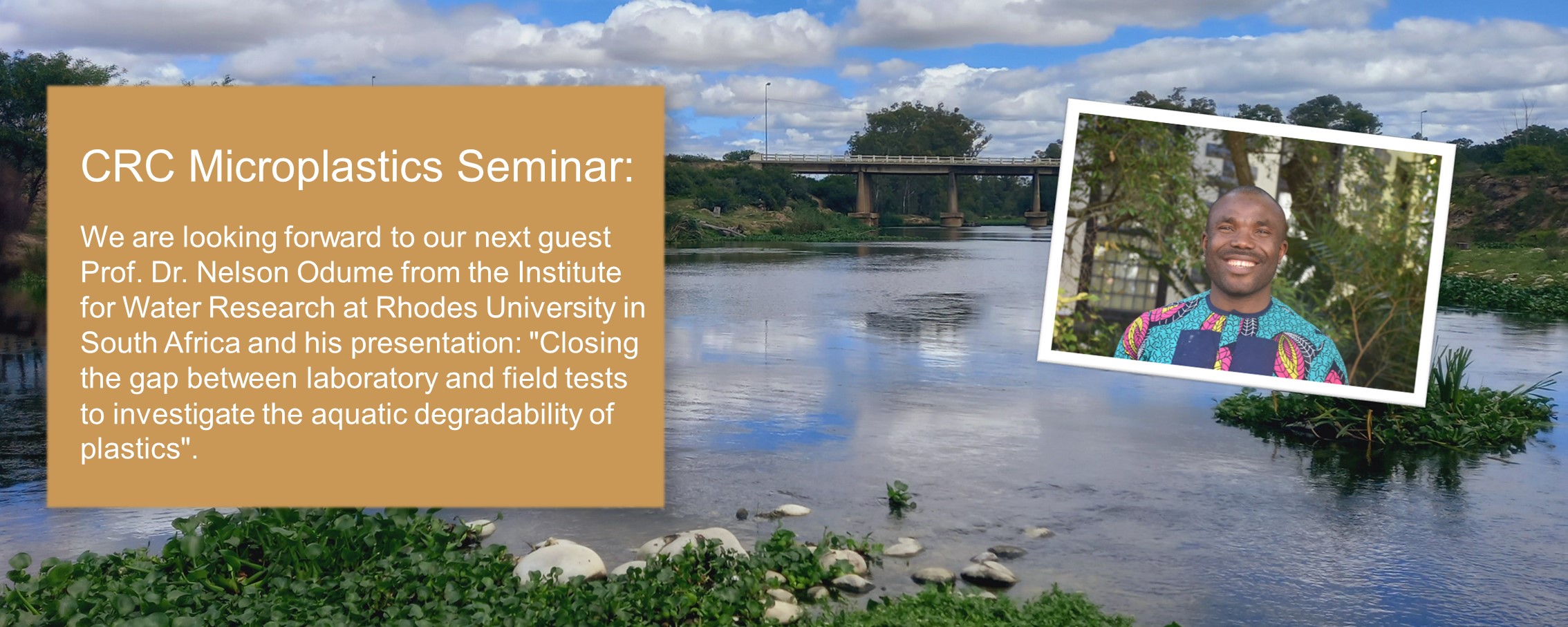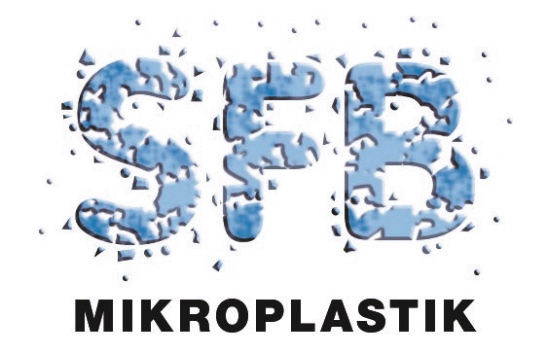News
CRC 1357 Microplastics seminar: 05.12.2022 | Prof. Dr. Nelson Odume | How should we consider the role of hydraulic habitats and traits in the study of the distribution and effects of microplastics in riverine systems?
05.12.2022

Monday, 05. December 2022
16:15 Virtual ZOOM
Prof. Dr. Nelson Odume, Institute for Water Research at Rhodes University, South Africa
How should we consider the role of hydraulic habitats and traits in the study of the distribution and effects of microplastics in riverine systems
The Collaborative Research Centre (CRC) 1357 Microplastics has its own series of events at which, at irregular intervals, guests from the CRC but also members of the CRC themselves present new findings from the world of microplastics research.
The lecture lasts about 45 minutes and there is time for questions afterwards.
The lectures usually take place in presence on the campus of the University of Bayreuth, but can also be attended in LiveStream (ZOOM). The link will be announced in the newsletter on the day of the event. Registration can be done on the CRC 1357 website (link).
The CRC 1357 deals with the formation, migration and effects of microplastics and develops new solutions for this immense environmental problem
The transport and distribution of microplastics in riverine systems at the reach-scale are mediated by hydraulic characteristics such as depth, flow velocity, surface roughness. These factors interact with MP characteristics such as density, size, polymer type to influence the sedimentation, advection, dispersion, diffusion, settling, re-mobilisation, adsorption, and aggregation of MPs. At the reach scale, pools, riffles, and runs are hydraulic habitats, reflecting a combination of substrate type, depth, and flow velocity. These hydraulic habitats may vary from shallow-fast flowing-, shallow-slow flowing-, to deep-fast flowing- and deep-slow flowing waters, so that MP in rivers tend to settle and potentially re-mobilise in the slow-flowing hydraulic habitats and are transported speedily in the fast-flowing hydraulic habitats. Thus, in relation to MP transport at the reach-scale, the slow flowing hydraulic habitats can be likened to “sink zones”, whereas the fast-flowing hydraulic habitats, the “flush zone”. Viewed this way, rivers are thus made up of patchy series of sink and flush zones for MPs.
Macroinvertebrates, through their trait are adapted to different hydraulic habitats, which may impose on them different levels of exposure to MPs in the sink and flush zones. Drawing on the habitat template concept, and principles of hydro-geomorphology, this talk shed light on the role of hydraulic habitats in the distribution and transport of MPs, and why it is important to consider this important dimension in the ecological study of MPs. This talk also provides insights into how traits may mediate organismal exposure to MPs at the reach scale.
Link to Homepage: Nelson Odume
Link: Poster

